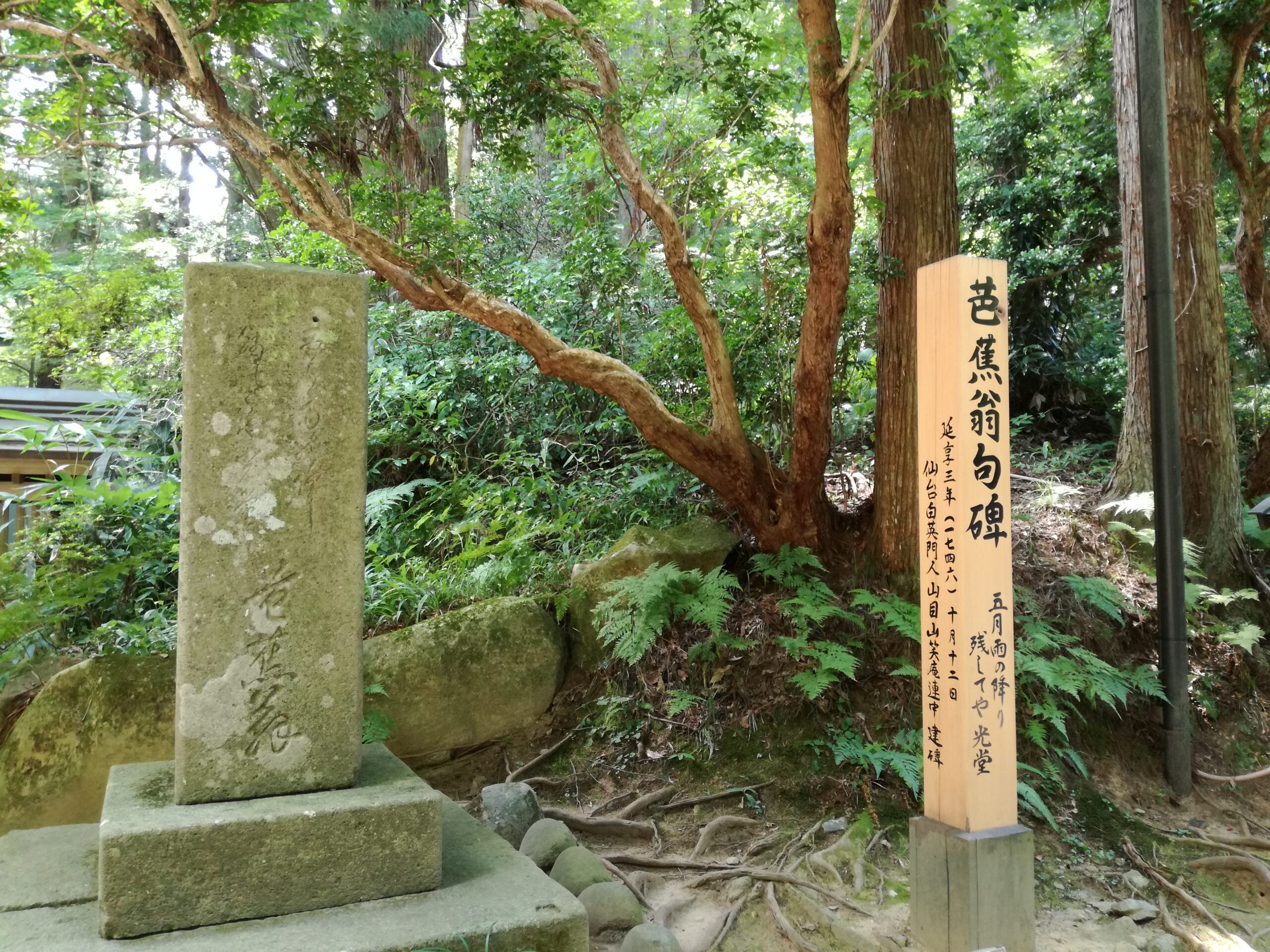On May 16th, 1689, in the Edo period, Japanese prominent haiku poet, Basho Matsuo and his pupil, Sora, left Fukagawa in Edo (old Tokyo) for Tohoku and Hokuriku regions. This journey is called Oku-no-Hosomichi and took 150 days and about 2,400km on foot.
44 days after they left Fukagawa, on June 29th, 1689, they arrived in Hiraizumi, Iwate Prefecture, which Chuson-ji Temple is located. This was 500 years after Oshu Fujiwara family was overthrown in Hiraizumi.
There are two famous haiku poets Basho composed in Hiraizumi,
- Natsukusa-ya Tsuwamonodomo-ga Yumeno-ato
English : The summer grass, ‘Tis all that’s left, Of ancient warriors’ dream.
Explanation : Basho and Sora climbed to the top of Takadachi Hill and looked around. There was no trace of Fujiwara family’s glory and there were only summer grasses there. This haiku poem expressed transience of prosperity.
Then, Basho and Sora visited the Konjiki-do (Golden Hall) in Chuson-ji Temple and made following haiku poem,
- Samidare-no Furinokoshite-ya Hikarido (The photo shows the monument inscribed with this poem.)
English : Early summer rains, Fall not here, Temple of light.
Explanation : Hikarido means the Golden Hall. Early summer rains make anything rot away, but it seems not falling on to the Golden Hall and the Golden Hall is still beautiful without fading still sending out light even 500 years passed after built.
Haiku poem is one of Japanese traditional culture. Even short poem, but means a lot.




Comments